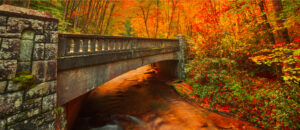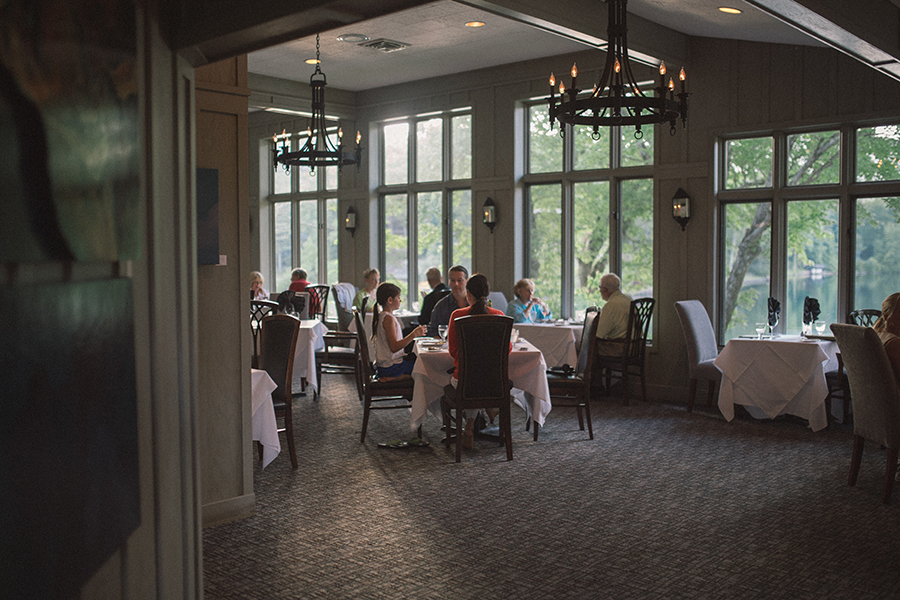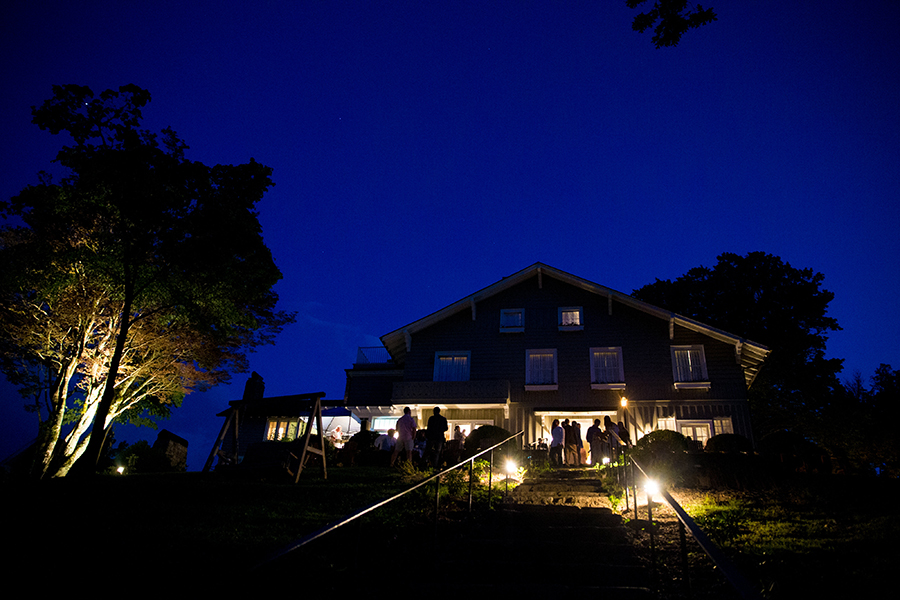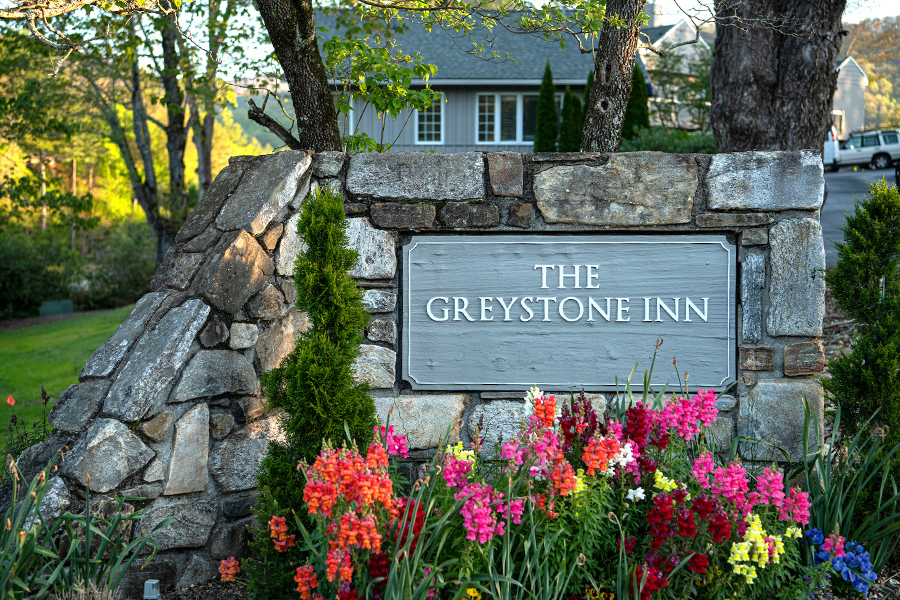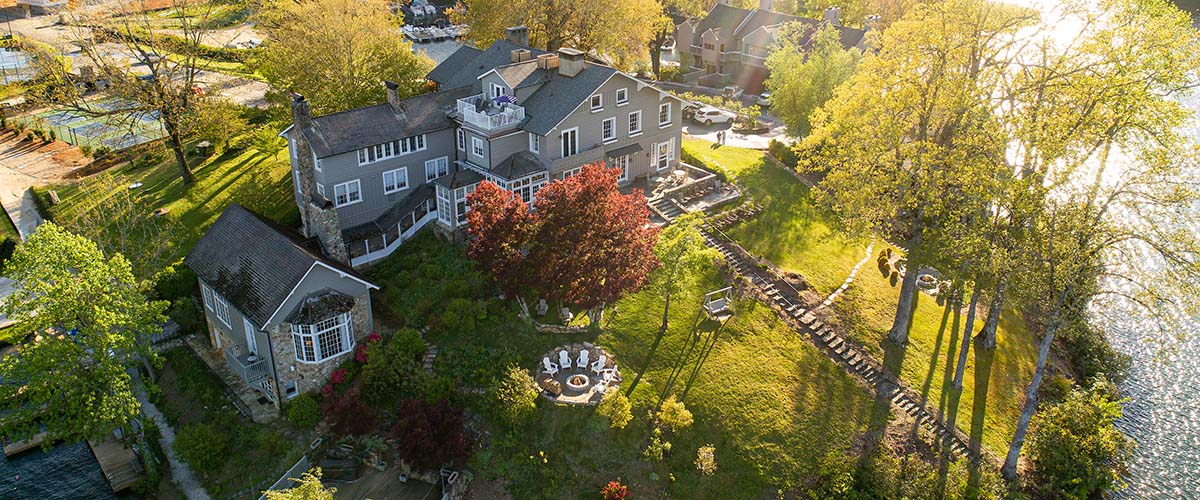The History of the Pisgah National Forest
Spanning across 500,000 acres, the Pisgah National Forest is home to some of North Carolina’s most iconic and treasured scenery. From the rippling waters of Looking Glass Falls to the sprawling wildflowers of Black Balsam Knob, there is something for everyone among the natural wonders of this forest.
It may surprise readers to learn the origin of the Pisgah National Forest is linked to the history of another famous North Carolina landmark, the Biltmore. George Vanderbilt’s estate once encompassed 125,000 acres. He hired Frederick Law Olmstead to oversee the management of the estate’s lands, as well as the preservation of the area’s existing forests and the reforestation of other sections of the land. In 1898, the Biltmore Forest School, the country’s first school to teach sustainable forestry practices, was founded and located on the property.
The Vanderbilts weren’t alone in their concern for the preservation of forests. The Weeks Act was passed into law in 1911, which meant the federal government could now purchase and preserve private land. No property owners sold to them, however, until Edith Vanderbilt inherited the Biltmore and surrounding lands after her husband passed away in 1914.
In order to ensure the land remained protected and undeveloped, she sold 86,700 acres to the government so they could continue what the Vanderbilts began. The Pisgah National Forest was founded the very next year, becoming the state’s first national forest.
For those interested in learning more, the Cradle of Forestry is located a roughly 30-mile drive from The Greystone and provides interactive learning experiences about the beginning of forestry. The next time you find yourself in Pisgah, whether you’re driving through the Blue Ridge Parkway or hiking along mountaintops on the Appalachian Trail, know you’re among a significant piece of the country’s conservation history.
